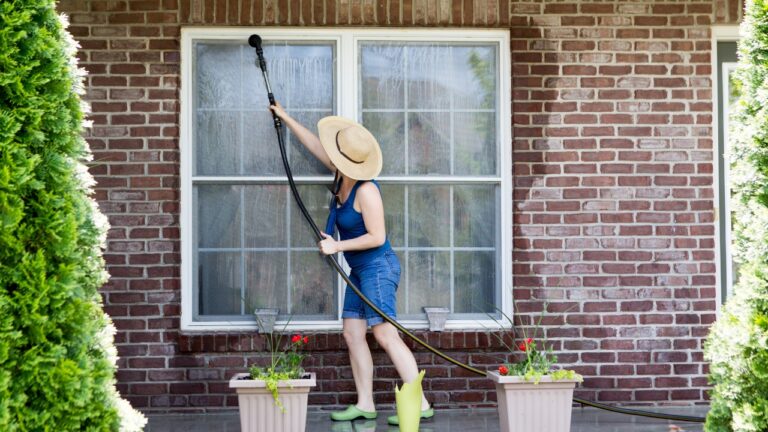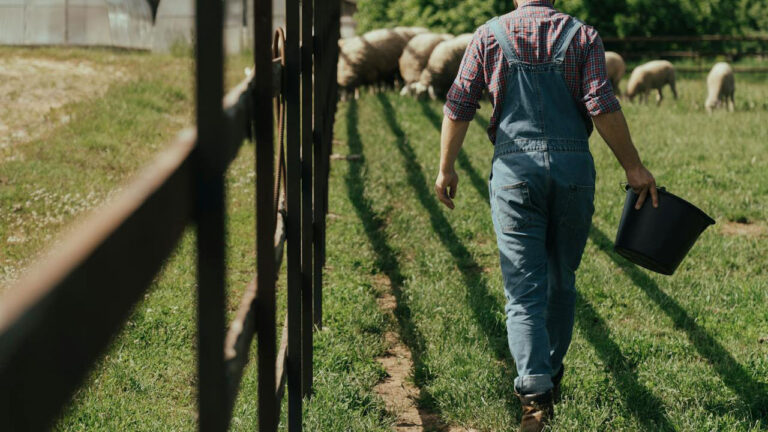6 Reasons Your Well Water Might Be Dangerous
If you’re on a well, you probably assume your water is cleaner and safer than what comes out of city pipes. But unless you’re testing regularly, you have no way of knowing what’s actually in it. Wells pull from groundwater, which means anything in the soil—bacteria, chemicals, heavy metals—can end up in your drinking water.
Unlike municipal water, which gets treated and tested regularly (hopefully), well owners are on their own. Contamination can come from farming runoff, old plumbing, natural minerals, or even nearby septic systems. Some of these problems cause obvious signs, like bad smells or discoloration, but others are completely invisible.
Bacteria and Viruses

One of the most serious threats in well water is bacterial contamination. E. coli, coliform bacteria, and other pathogens can make their way into your water supply, especially after heavy rainfall, flooding, or issues with nearby septic systems. Drinking contaminated water can cause severe stomach illnesses, diarrhea, and infections.
Regular testing is the only way to catch bacterial contamination early. If your well tests positive, shocking it with chlorine and installing a UV or filtration system can help keep your water safe. A properly sealed well and good maintenance practices go a long way in preventing contamination.
Nitrates and Nitrites

Nitrates and nitrites often come from fertilizer runoff, livestock waste, and septic system leaks. High levels in drinking water are especially dangerous for infants, as they can interfere with oxygen levels in the blood, leading to “blue baby syndrome.” Long-term exposure can also cause health problems in adults.
If you live near farmland or have livestock, this is something to keep an eye on. Well testing will reveal if nitrate levels are too high. If they are, reverse osmosis or ion exchange filtration systems are the best ways to remove them.
Heavy Metals (Lead, Arsenic, Mercury, etc.)

Heavy metals like lead, arsenic, and mercury can leach into well water from natural sources, old plumbing, or industrial contamination. Arsenic is particularly common in certain regions and has been linked to long-term health problems, including cancer and neurological issues.
The only way to know if your water has heavy metals is to test for them. If levels are too high, filtration systems like activated alumina or reverse osmosis can help. If you have an older home with lead pipes, consider upgrading your plumbing to reduce exposure.
Pesticides and Herbicides

If you live near farmland or use chemicals on your own property, pesticides and herbicides can seep into groundwater. Long-term exposure to these chemicals has been linked to hormone disruption, nervous system issues, and even cancer. Some chemicals break down quickly, but others linger in water for years.
Regular testing can detect these contaminants before they become a problem. If they show up in your well, carbon filtration systems are usually the best option for removing them. If possible, minimize chemical use around your property to reduce the risk of contamination.
Sewage Contamination

If a well is too close to a septic system or flood zone, there’s a real risk of sewage seeping into the water supply. This can introduce harmful bacteria, viruses, and even pharmaceutical residues into your drinking water.
Septic systems should be at least 50–100 feet away from wells, depending on soil type and local regulations. Flooding can also cause contamination, so if your well has been underwater, it should be tested immediately. Chlorinating the well and installing a proper filtration system can help reduce risks.
Salt Intrusion (Chlorides in Water)

If you live near the coast or in an area with heavy road salt use, salt can seep into your well, making the water taste bad and corroding pipes. Too much sodium in drinking water can also contribute to high blood pressure, which is a concern for some people.
Wells near coastal areas are more prone to saltwater intrusion, especially if too much groundwater is pumped out, allowing seawater to creep in. If salt levels are too high, reverse osmosis filtration is usually the best way to make the water safe again.
*This article was developed with AI-powered tools and has been carefully reviewed by our editors.







